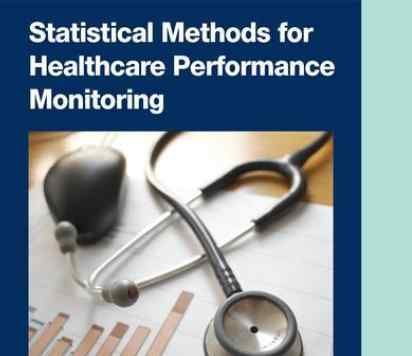BibTex format
@article{Vamos:2012:10.2337/dc11-1682,
author = {Vamos, EP and Millett, C and Parsons, M and Aylin, P and Majeed, A and Bottle, A},
doi = {10.2337/dc11-1682},
journal = {Diabetes Care},
pages = {265--272},
title = {Nationwide study on trends in hospital admissions for major cardiovascular events and procedures among people with and without diabetes in England, 2004 to 2009},
url = {http://dx.doi.org/10.2337/dc11-1682},
volume = {15},
year = {2012}
}
RIS format (EndNote, RefMan)
TY - JOUR
AB - OBJECTIVEIt is unclear whether people with and without diabetes equally benefitted from reductions in cardiovascular disease (CVD). We aimed to compare recent trends in hospital admission rates for angina, acute myocardial infarction (AMI), stroke, percutaneous coronary intervention (PCI), and coronary artery bypass graft (CABG) among people with and without diabetes in England.RESEARCH DESIGN AND METHODSWe identified all patients aged >16 years with cardiovascular events in England between 2004–2005 and 2009–2010 using national hospital activity data. Diabetes- and nondiabetes-specific rates were calculated for each year. To test for time trend, we fitted Poisson regression models.RESULTSIn people with diabetes, admission rates for angina, AMI, and CABG decreased significantly by 5% (rate ratio 0.95 [95% CI 0.94–0.96]), 5% (0.95 [0.93–0.97]), and 3% (0.97 [0.95–0.98]) per year, respectively. Admission rates for stroke did not significantly change (0.99 [0.98–1.004]) but increased for PCI (1.01 [1.005–1.03]) in people with diabetes. People with and without diabetes experienced similar proportional changes for all outcomes, with no significant differences in trends between these groups. However, diabetes was associated with an ~3.5- to 5-fold risk of CVD events. In-hospital mortality rates declined for AMI and stroke, remained unchanged for CABG, and increased for PCI admissions in both groups.CONCLUSIONSThis national study suggests similar changes in admissions for CVD in people with and without diabetes. Aggressive risk reduction is needed to further reduce the high absolute and relative risk of CVD still present in people with diabetes.
AU - Vamos,EP
AU - Millett,C
AU - Parsons,M
AU - Aylin,P
AU - Majeed,A
AU - Bottle,A
DO - 10.2337/dc11-1682
EP - 272
PY - 2012///
SN - 0149-5992
SP - 265
TI - Nationwide study on trends in hospital admissions for major cardiovascular events and procedures among people with and without diabetes in England, 2004 to 2009
T2 - Diabetes Care
UR - http://dx.doi.org/10.2337/dc11-1682
UR - https://diabetesjournals.org/care/article/35/2/265/38417/Nationwide-Study-on-Trends-in-Hospital-Admissions
UR - http://hdl.handle.net/10044/1/103045
VL - 15
ER -
